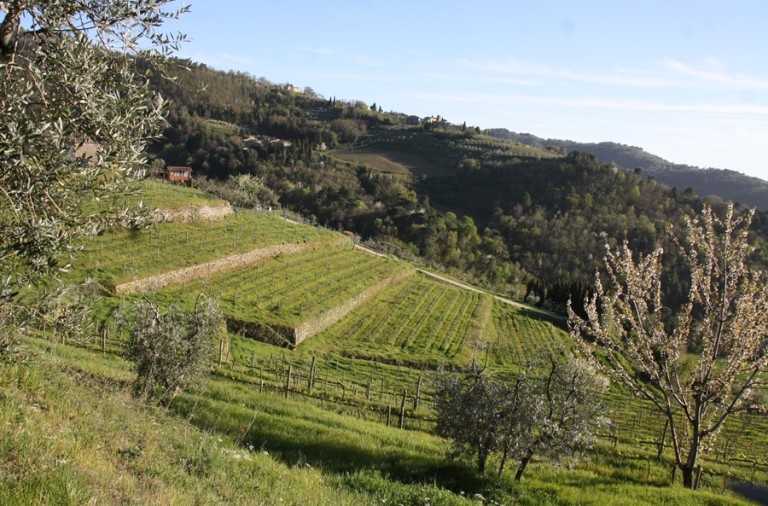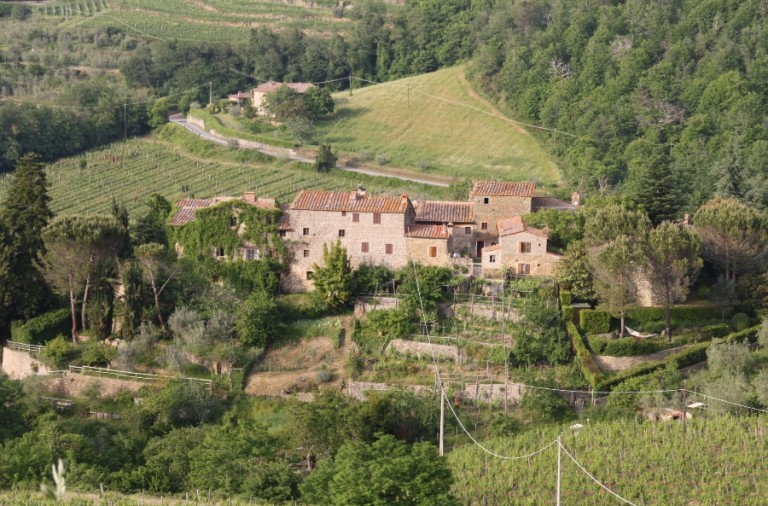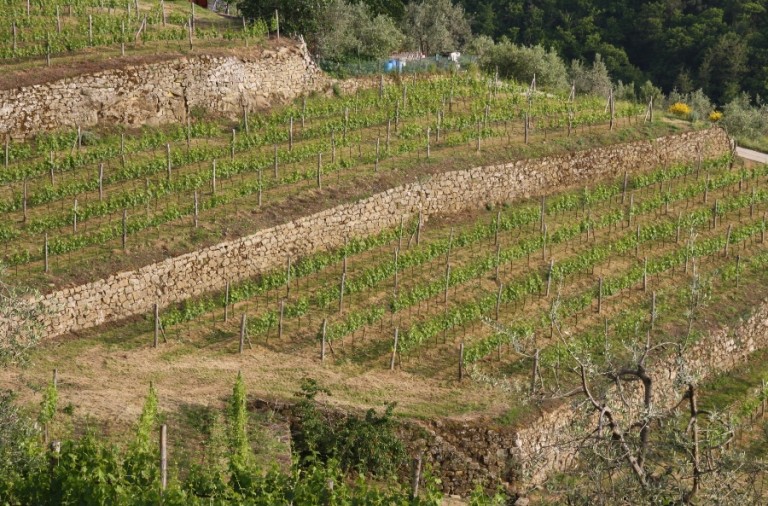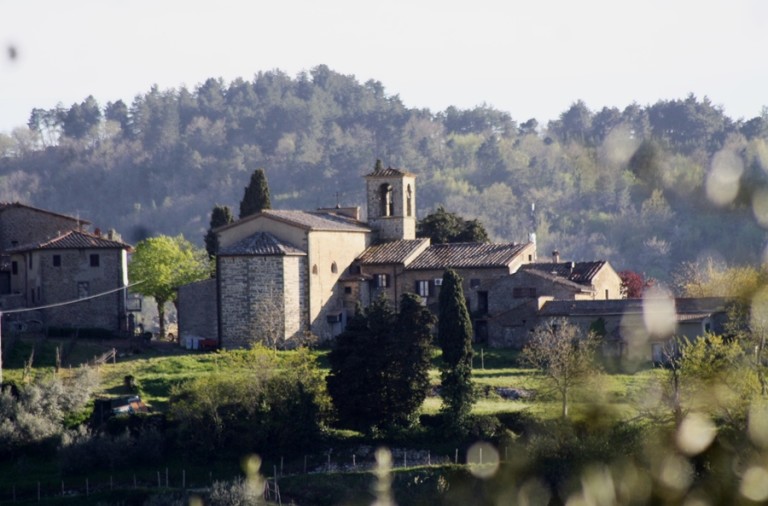Articolo disponibile anche in: Italian
Lamole, a small town in the Greve area where the Romans began high altitude cultivation, is a candidate for “historic italian landscape”.
Producers, residents and township are supporting the nomination which is tied to the historical research conducted by local wine producers, lead by Susanna Srassi.
The news arrives with the ninth vintage produced by eight wineries and baptized by the Mayor, Paolo Sottani, in occasion of the initiative, “I profumi di Lamole” (Scents of Lamole).
The productive potential of Lamole and the nearby Casole was first dicovered by the Romans, who brought wine and olive oil to higher terrain, having discovered that the position as well as the perfect exposition and insolation of the area provided the characteristics of a natural amphitheatre, potected on the north by Mount San Michele and facing the Tyrrhenian sea, an ideal position for agricultural activity.
In the Middle Ages, production assumed an even greater importance when Lamole became protected by the castle built by the Florentine Gherardini family in 1350. There is still much evidence of the castle. Its high quality terraced viticulture has been well known since Medieval times and continued through the 1800’s. In fact, Lamole was considered one of the “cradles” of high quality Chianti in that period.
The territory is characterized by a median slope of 30%, sometimes reaching as much as 50%. Terracing enabled vintners to “rimettere in piano” (even out) the terrain, making it plantable. Hydraulic systems held a major importance by limiting superficial erosion.
Wide ditches, one meter deep, were built. On the bottom were rocks, forming a sewer called a “gattaiola” (cat passage); above the sewer were put more rocks, decreasingly smaller until reaching the surface where earth was laid.
If the rocks moved, the land was subdivided, nearing the walls which, among themselves, created terraces of a few meters width; tongues of land, little blades (in Latin, “lamulae”) from which the name of the town probably evolved.



